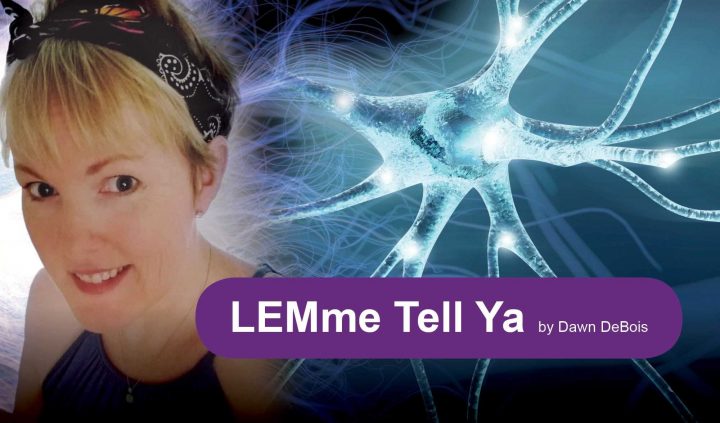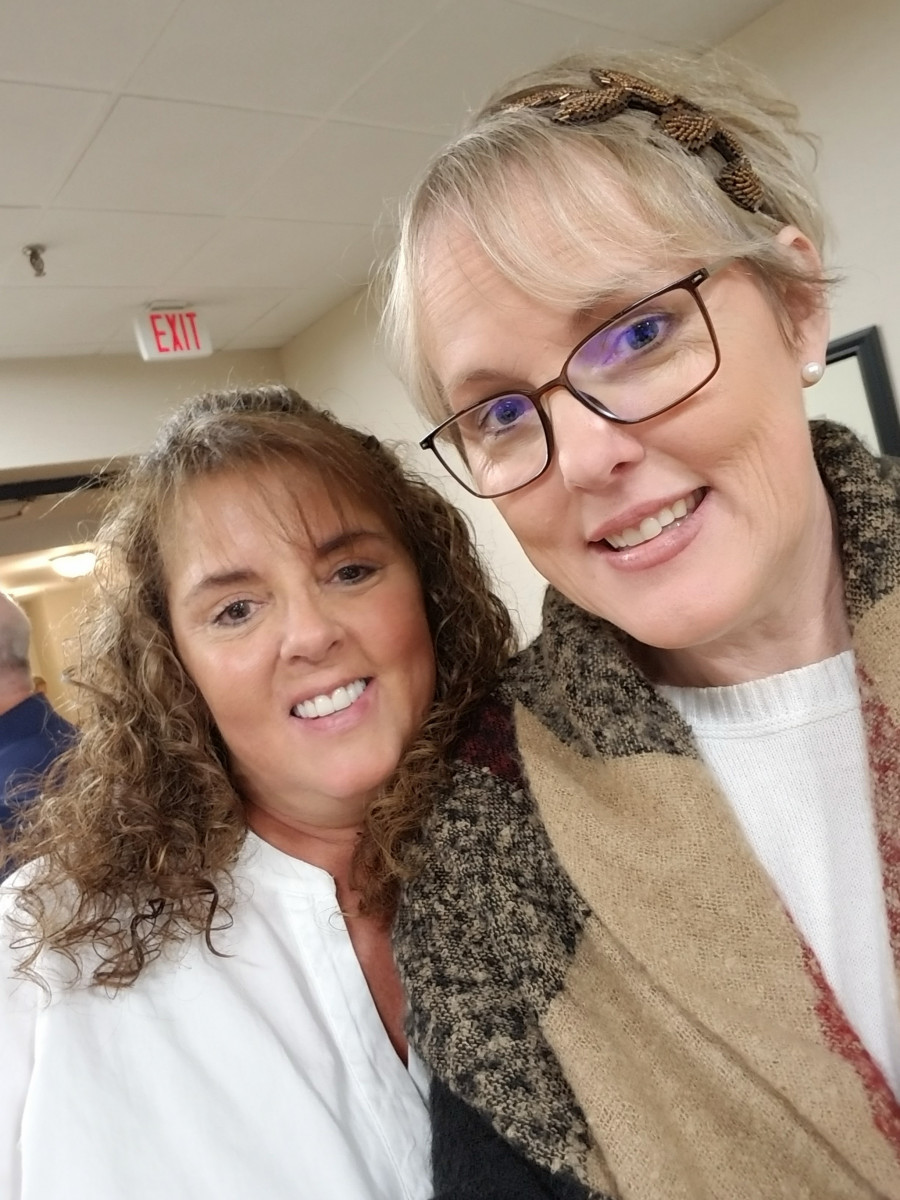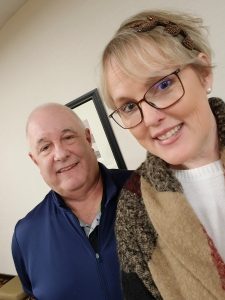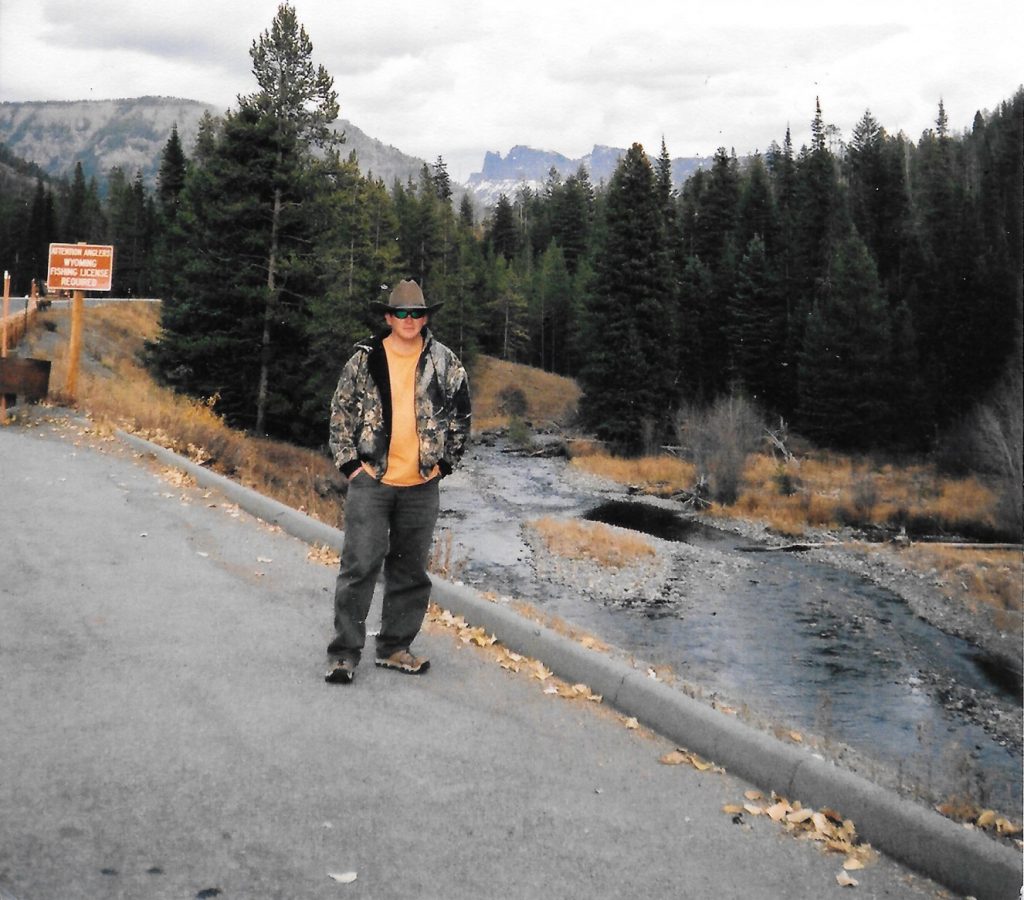I Felt a Sense of Camaraderie When Meeting My Fellow Myasthenia Patients
Written by |

I recently attended the first meeting of the Northern New England Myasthenia Gravis Support Group in Portland, Maine. The event was hosted by a pharmaceutical company to promote its new product. However, I didn’t let that deter me. I wanted to meet other local myasthenia patients like myself.
The first time I met another person with Lambert-Eaton myasthenic syndrome (LEMS) was at a meeting of the Myasthenia Gravis Foundation of America in Kansas City in 2017. Both LEMS and myasthenia gravis (MG) are neuromuscular junction disorders. I have learned so much from MG patients, and I went to this meeting to offer my friendship and share experiences with my fellow attendees.
Many patients face online pressure to avoid events sponsored by “Big Pharma.” I’m unsure what those who spread the warnings think happens at these events, so I decided to give a firsthand account of the meeting without naming the pharmaceutical company or its product.
The room was full of patients and caregivers. I immediately recognized MG patient Cindy Labbe by her beautiful curly hair from her Facebook profile. We hugged and realized that we had more than myasthenia in common: we are both tall and share a love of fall’s plaid sweaters.
I didn’t recognize the event’s organizer, Roger Morse, but he knew me. That can happen with social media sometimes. While a profile pic might not be a photo of the person or depict a recent likeness, a real-life meeting allows you to get to know the person, not just the online persona they project.
Lunch was a healthy buffet that included soft foods for those with swallowing issues. As we ate, introductions started around the room, and everyone was encouraged to share a brief account of their story. Some had received their diagnoses decades ago; one patient had been diagnosed mere weeks beforehand. Because of the invisible nature of our illnesses, we could not distinguish the patients from their caregivers and were unable to predict which person would stand up at each table to share their story.
During the meeting, a local neurologist described myasthenia gravis, and thanks to my attendance, he also explained a little about LEMS. His presentation included some humor, and he was fully responsive to questions from patients and caregivers. Each patient was given an opportunity to understand a little more about his or her illness.
I believe that when you have a rare disease and are given the power to understand your illness, it makes you feel less vulnerable. Thanks to the time that the neurologist spent answering our questions, we learned something new and felt more empowered.
When it was time to introduce the product, the neurologist spent less than five minutes talking about it. He didn’t oversell the treatment; he gave a brief overview of its efficacy and explained its risks.
A patient representative shared her story, including how the product changed her life. She was not paid for her presentation; however, her passion for living even before her successful treatment was evident. Those who are dealing with a rare disease diagnosis need to see how others are living with hope and passion.
One Maine myasthenia gravis patient was absent from the meeting. Matthew Ellard’s widow, Jen Philbrick, attended in his place. Matthew took his own life in April this year after becoming overwhelmed by the stress of his myasthenia gravis diagnosis and symptoms. When I spoke with Jen, she admitted that Matthew didn’t like “Big Pharma,” but said if he were in a room with other patients, he would have been the first to exchange phone numbers to stay in touch.
When the pharmaceutical representatives left, patients and caregivers sat around a large table for the personal part of the meeting. One patient said she liked the camaraderie of the event. I agree with her: hugs, laughter, and looking into eyes that genuinely understand what you are going through are invaluable when you’re dealing with a rare disease.
Roger Morse started the Northern New England Myasthenia Gravis Support Group after learning of Matthew’s suicide. He recently shared his remorse that “we did not start it sooner and perhaps give him a place to turn to.”
If you or anyone you know is experiencing suicidal thoughts or needs someone to talk to, please call the National Suicide Prevention Line at 1-800-273-8255 or visit suicidepreventionlifeline.org.
***
Note: Lambert-Eaton News is strictly a news and information website about the disease. It does not provide medical advice, diagnosis, or treatment. This content is not intended to be a substitute for professional medical advice, diagnosis, or treatment. Always seek the advice of your physician or other qualified health provider with any questions you may have regarding a medical condition. Never disregard professional medical advice or delay in seeking it because of something you have read on this website. The opinions expressed in this column are not those of Lambert-Eaton News or its parent company, Bionews Services, and are intended to spark discussion about issues pertaining to Lambert-Eaton myasthenia.








Leave a comment
Fill in the required fields to post. Your email address will not be published.